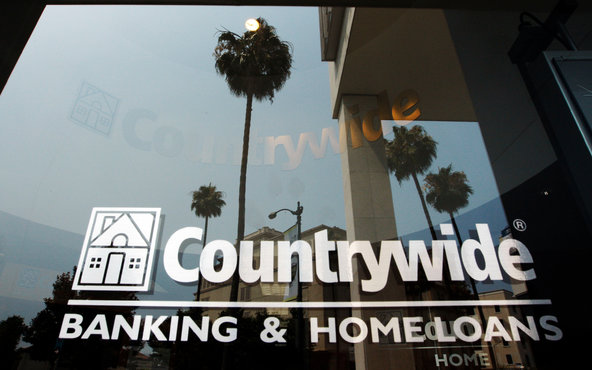 Jacky Naegelen/ReutersA branch of BNP Paribas in Paris.
Jacky Naegelen/ReutersA branch of BNP Paribas in Paris.
PARIS – BNP Paribas, France’s largest bank, posted a fourth-quarter profit far below estimates on Thursday as it wrote down the value of its Italian unit and booked an accounting charge on its own debt.
The bank said net income fell to 514 million euros ($688 million) in the three months ended Dec. 31, a 33 percent decline from the period a year earlier. The quarterly earnings were well below the figure of about 1 billion euros anticipated by analysts surveyed by Reuters, while revenue fell 3 percent, to 9.4 billion euros.
BNP Paribas, based in Paris, said it had recorded a good will impairment of 298 million euros on the value of its Banca Nazionale del Lavoro division because of expectations that the Italian central bank would raise capital requirements. It also booked a 286 million euro charge to revalue its own debt, an accounting requirement, as the market value of the debt had improved.
Still, BNP Paribas noted, its 2012 net income of 6.5 billion euros, up 8.3 percent from 2011, was third among the world’s biggest lenders, behind only JPMorgan Chase and Wells Fargo.
The bank’s results were the second disappointment for French investors this week, after Société Générale – the country’s second-largest listed bank – posted a fourth-quarter net loss of 476 million euros on Wednesday, roughly double what analysts had been expecting.
Jean-Laurent Bonnafé, the BNP Paribas chief executive, said in a statement that despite a weak economy, the bank had achieved “solid results.” Under Mr. Bonnafé, the bank’s share price has risen by a third in the last year, as BNP Paribas, like other euro zone banks, has sought to reduce its reliance on dollar investors, raised its reliance on deposits and restructured in response to the sovereign debt crisis.
With Europe moribund, the bank said it planned to focus on providing services in higher-growth markets, including Turkey and the Asia-Pacific region, while strengthening its investment banking offerings in the United States. Next year, it said it would begin restructuring to “simplify the way the group functions and improve operating efficiency,” with 1.5 billion euros “in transformation costs spread out over three years.”
The bank said the plans would allow it to save 2 billion euros a year beginning in 2015, without closing any businesses. Shares in BNP Paribas rose 2.8 percent in morning trading in Paris on Thursday.
BNP Paribas said its investment banking business had cut its dollar funding needs by $65 billion. And it noted that it was ahead of most global peers in adapting to new capital regulations, attaining a common equity Tier 1 ratio, a measure of an institution’s ability to withstand financial shocks, of 9.9 percent by the end of 2012 under the accounting rules known as the Basel III regime. The bank said it had cut its risk-weighted assets by 62 billion euros during 2012.
Despite the weaker-than-expected profit, analysts generally welcomed the results.
Credit Suisse analysts said the “results showed significant progress in terms of group strategy.” Jon Peace, an analyst at Nomura in London, said in a research note that the bank’s efforts to improve its capital position had left it with “a superior balance sheet.”
Pretax profit earned by the bank’s investment banking business rose nearly sixfold to 266 million euros, from 46 million euros. The bank said the unit’s bad loan provisions rose to 206 million euros, compared with 72 million euros in the third quarter of 2012. The increase, it said, was the result of “a provision set aside for one specific loan.” It did not provide further details.
This post has been revised to reflect the following correction:
Correction: February 14, 2013
An earlier version of this article misstated the magnitude of the increase of the fourth-quarter pretax profit at the bank’s investment banking business. The unit’s profit rose nearly sixfold, to 266 million euros, from 46 million euros; it did not rise 29 percent from a year earlier.
Article source: http://dealbook.nytimes.com/2013/02/14/bnp-paribas-profit-falls-on-write-down-costs/?partner=rss&emc=rss


